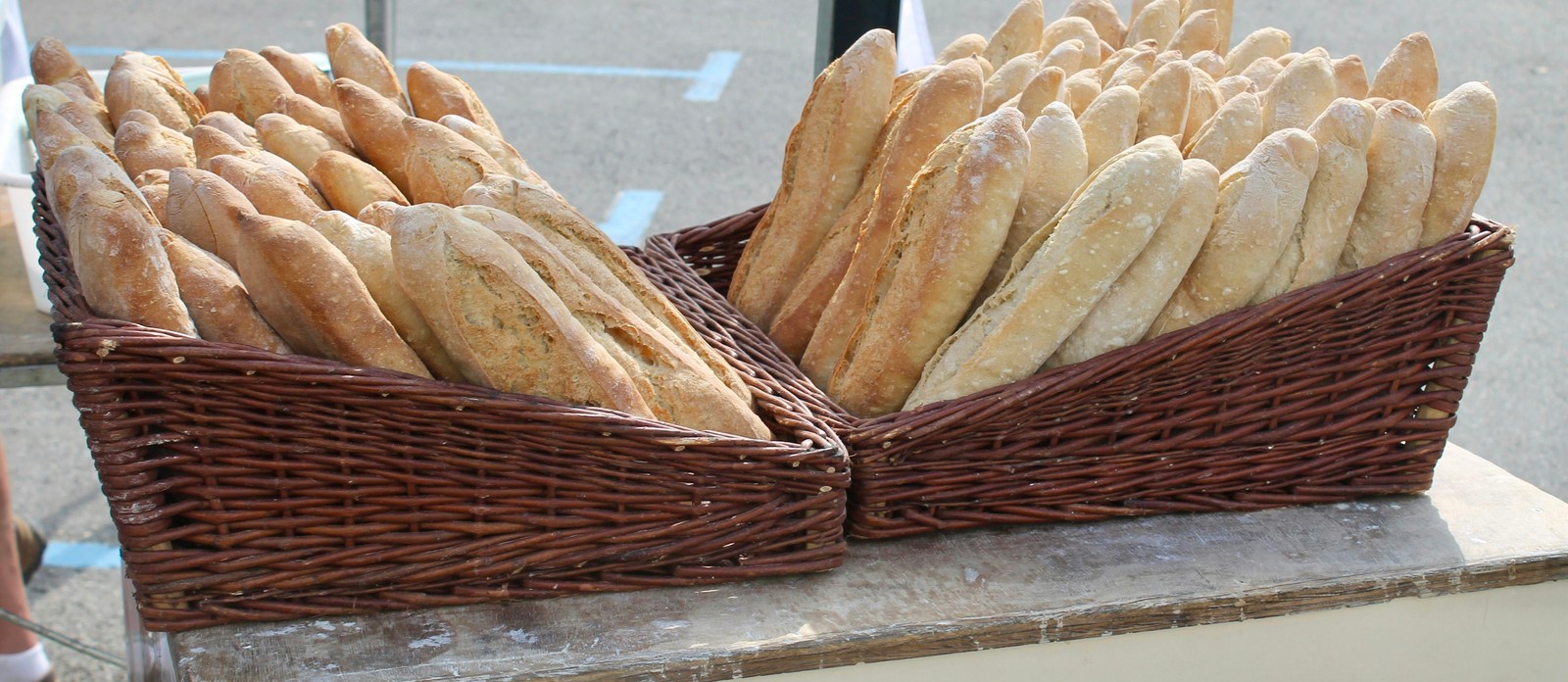Unravel the mysteries of folklore: Take the quiz and find your score!
Coin
0
pts
Fire
0
streak
Your Progress
- Location
You are here
Question 1 out of 20
0/20
In Hansel and Gretel, what is the house of the witch made of?

Image Credit: Natalia Y.
Jelly
Stone
Gingerbread
Popcorn


